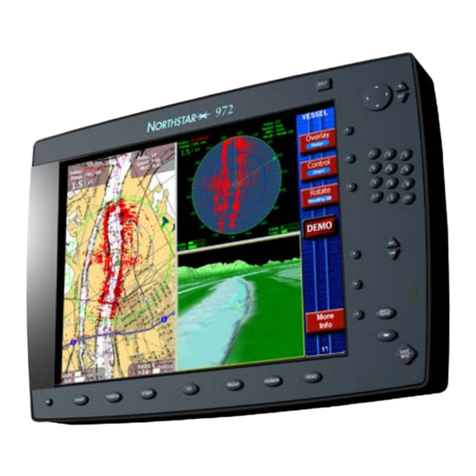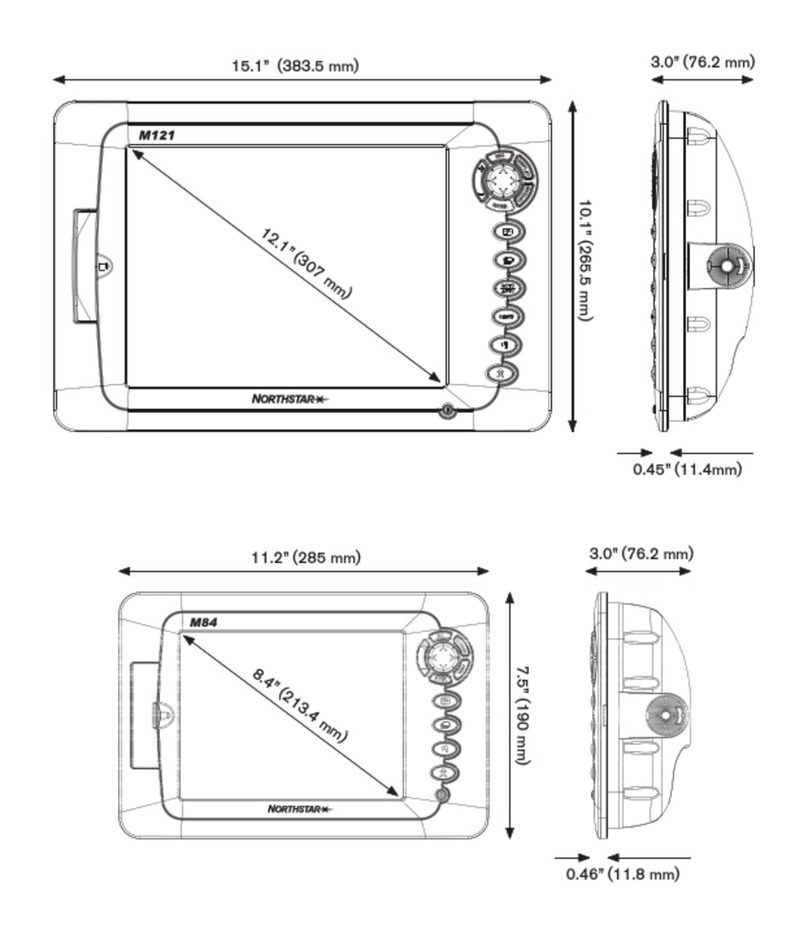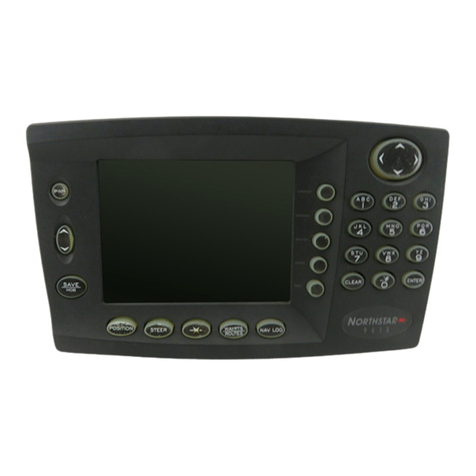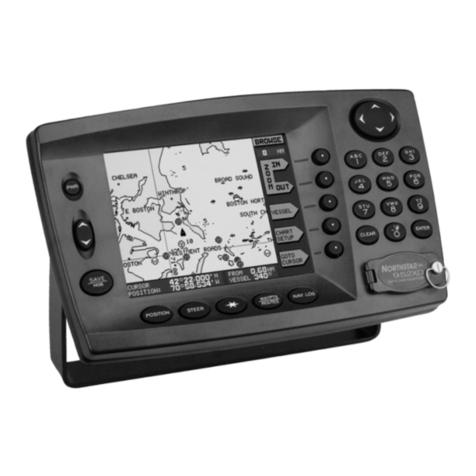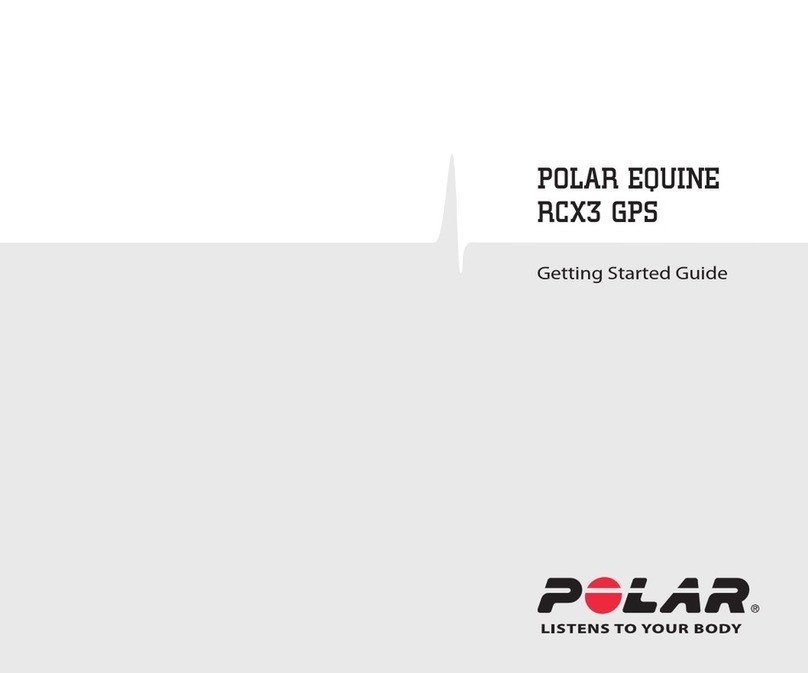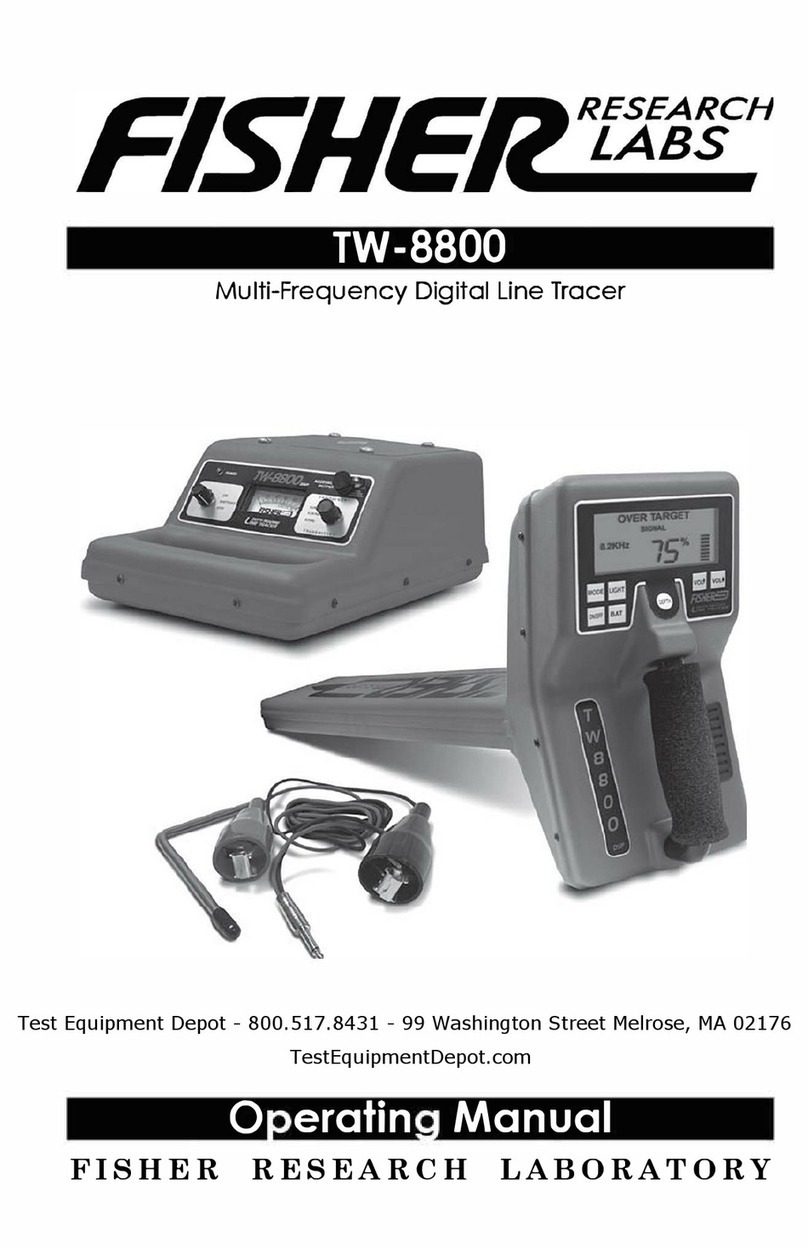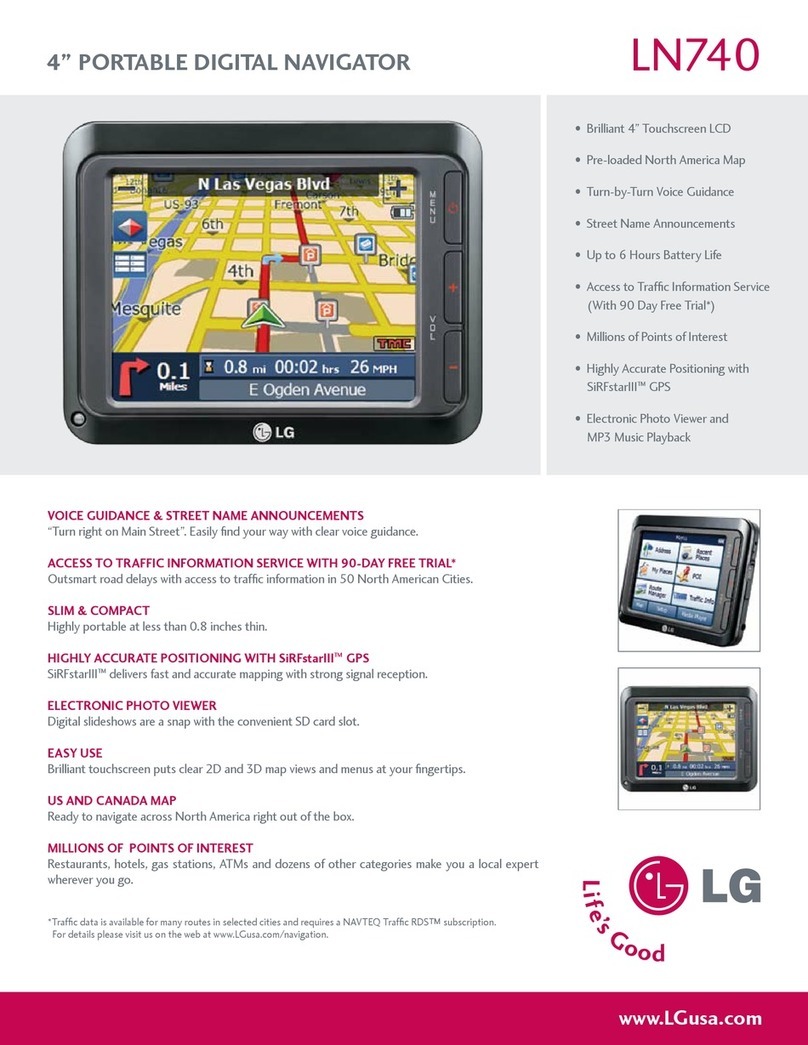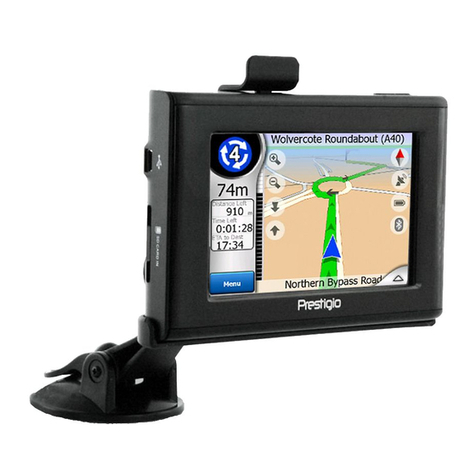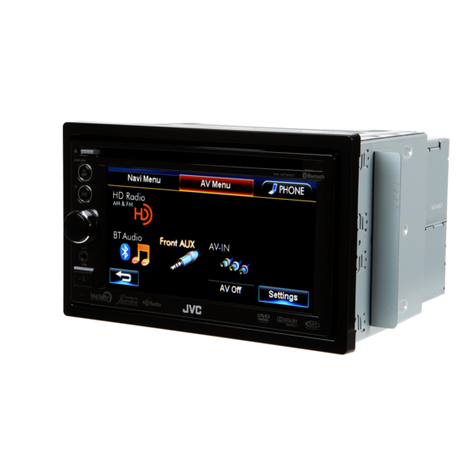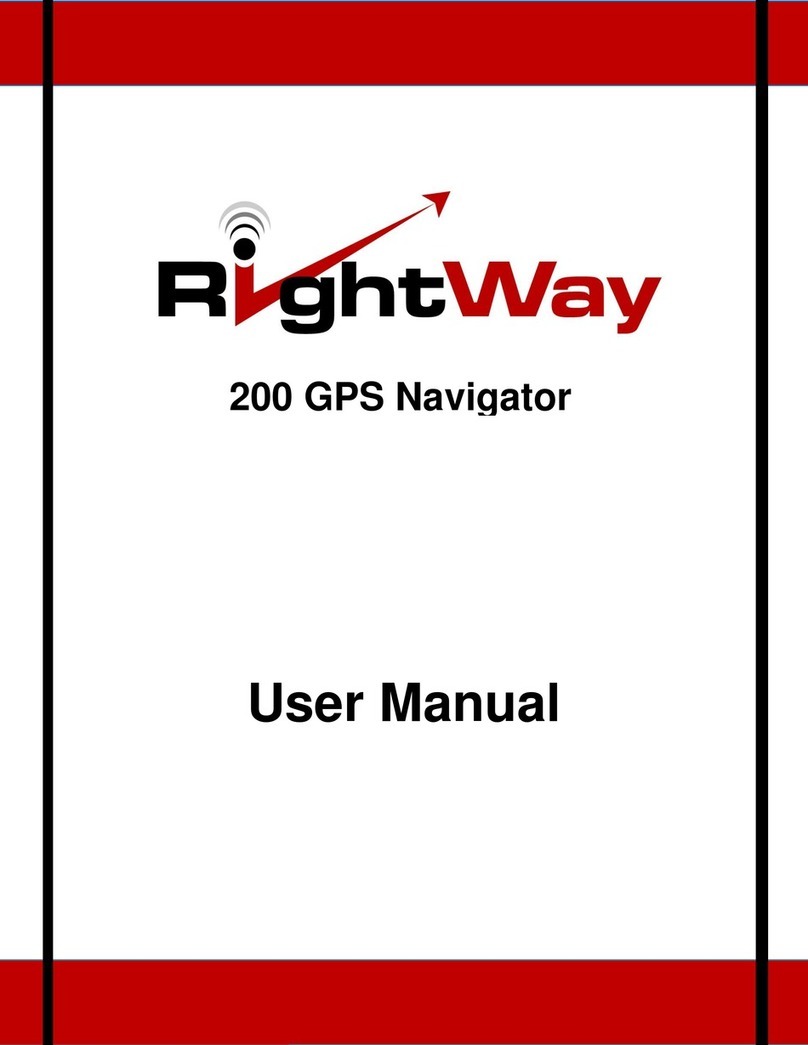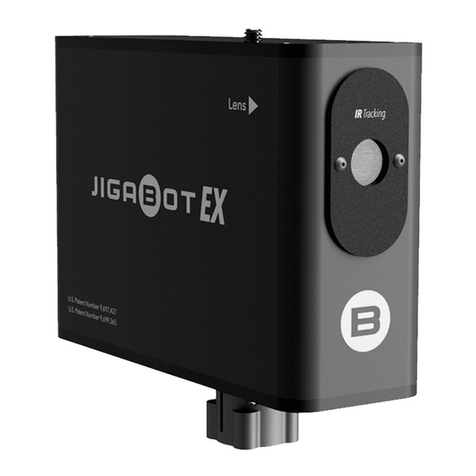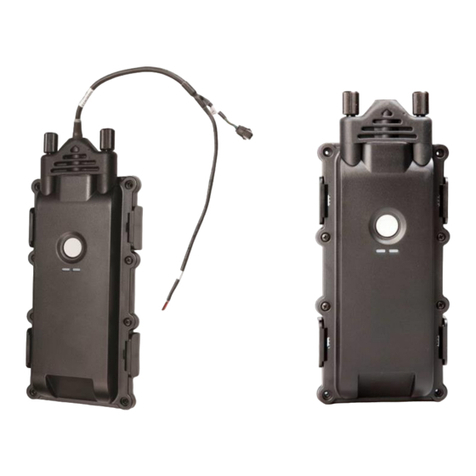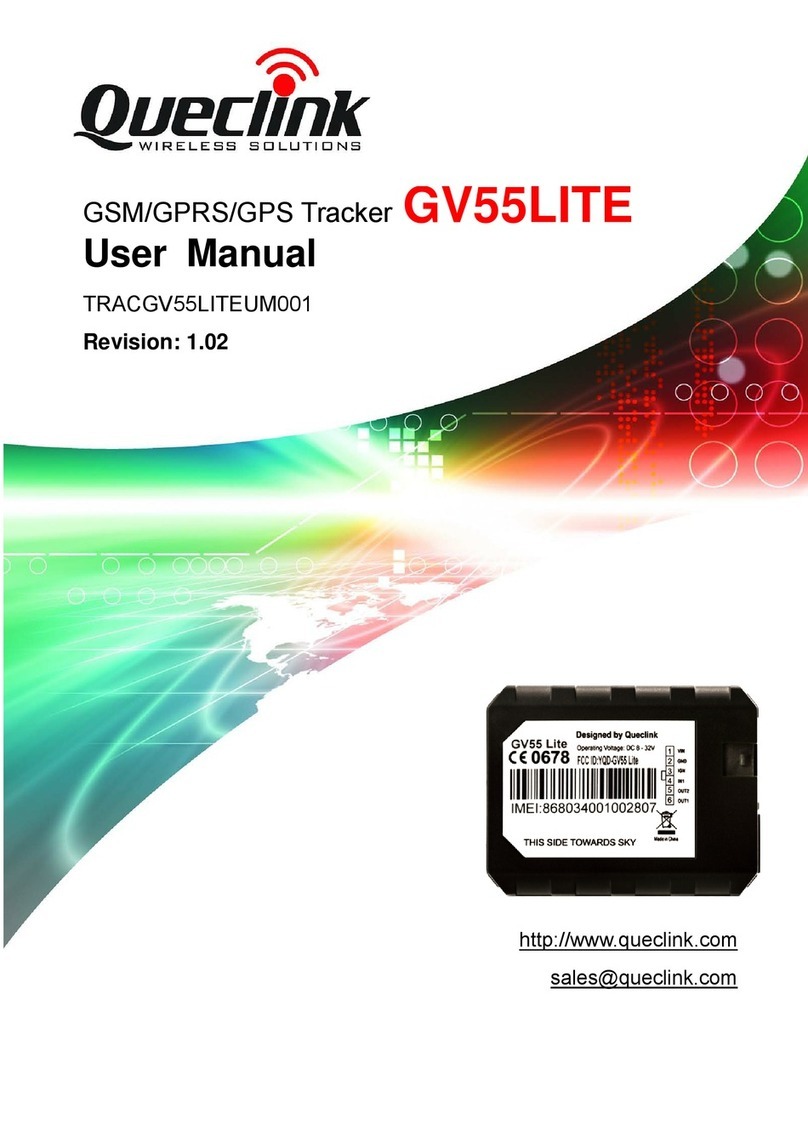– 24 –
and two straight lines extending outward from
the vessel as shown in Figure 3.
You can turn each zone on or off, change its
boundaries, and set the echo strength that will
cause an alarm.
Press the following keys to adjust each guard
zone.
Press Guard Zone repeatedly to
select zone 1, 2, or 3 for
adjustment.
Press Visibility to show or hide the
zone selected above. When a zone
is hidden, it doesn’t alarm and its
Edit and Trigger Level keys aren’t
available.
You can set the boundary and size
of each guard zone by moving
Point A and Point B. Press Edit to
select Point A or Point B. Then
press the CURSOR PAD to move the selected
point and create an arc-shaped zone.
As you change Point A or B, the coordinates of
that point are updated in the upper right-hand
corner of the screen.
Point B
Point A
Guard Zone
Figure 3: Guard zone
Guard Zone
Zone 2
– 1 –
How radar works
The word “radar” is an acronym for “Radio
Detecting and Ranging.” A radio transmitter
sends out a very short microwave pulse, and
then a receiver listens for that signal’s echo
when it’s bounced back from a target in its path.
Targets, which may be other boats or ships, navi-
gational markers, flocks of birds, or land masses,
are displayed on the
6000i’s
screen. By knowing
how long it takes for a signal to return, the
distance to a target can be determined. As the
radar antenna scans through a 360-degree rota-
tion, it shows the target’s location relative to
your position. By watching repeated scans of a
target, such as another vessel, you can see how
that target is moving.
Northstar radar models
There are two types of radar units from North-
star. The 4kW, 6kW, 12 kW and 25kW units all
are operated in the same way. The new 2kW
Northstar radar works slightly differently, and
these differences are clearly indicated in this
manual. The major differences are:
•
in the 2kW radar, auto modes do not
continuously adjust themselves
•
ranges of manual settings are different
between the two types of units
•
the 2kW unit does not have a STC curve
adjustment





